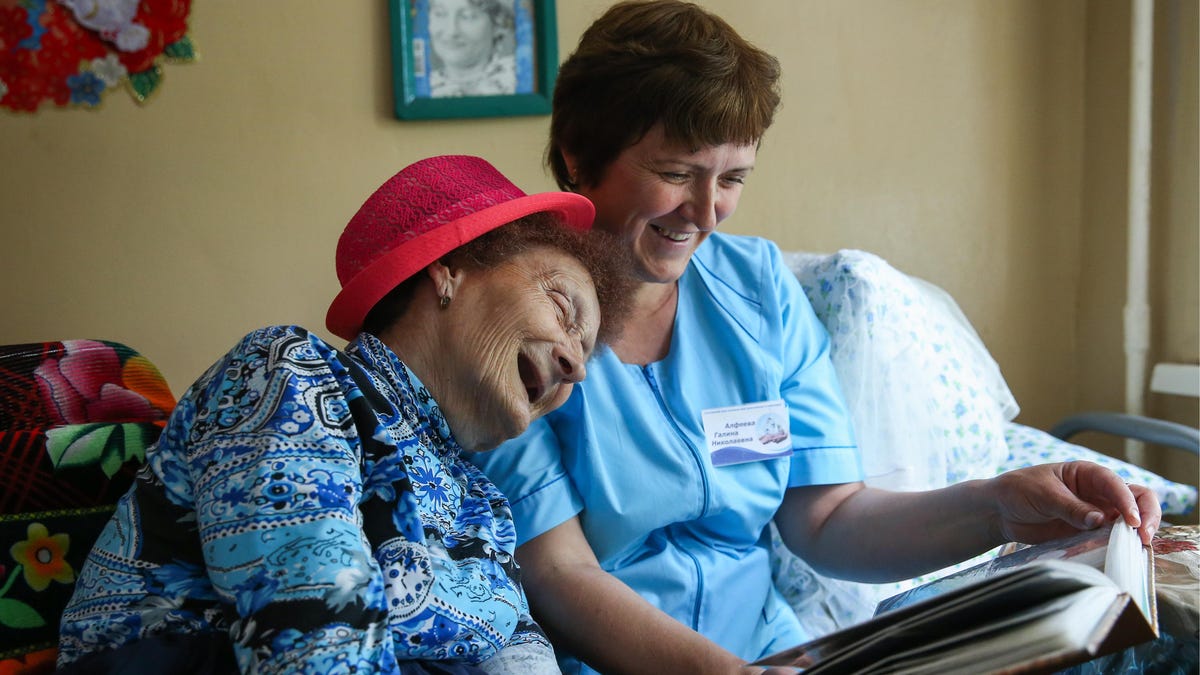Compared to peripheral nations, wealthy countries are better equipped to deal with the exponential increase in the elderly population. But these countries face the same issue, but do not have the resources to address it. One of the most pressing concerns is the feminization of aging poor, especially for women. Peripheral nations’ elderly population is disproportionately composed of illiterate, single women who have not entered the labour force.
Continuity theory
There is a strong link between the concept of aging and the larger society. The elderly, for example, are a part of society and need to be supported by the younger generation to ensure its stability. Similarly, the concept of old age is related to social mobility and feminization. These two theories suggest that the phenomenon of aging is not an isolated phenomenon but rather is interrelated to other social forces. Check out wilmacliving.com to get more about social mobility and feminization.
Continuity theory vs normal aging
One of the main differences between the continuity theory and normal aging is the way that each theory explains the process of aging. The continuity theory argues that human beings strive to maintain their social and psychological structures as they age. In addition, the theory highlights the important role of social institutions in the maintenance of a person’s lifestyle and self-concept. However, the continuity theory is not without its problems.
Related: A Guide To The Best Exercises For Older People

Economic status
A growing percentage of the world’s population is getting older, and this trend has implications for a number of different economic areas. This demographic shift has four main economic implications: decreasing workforce size, rising healthcare costs, and an insufficient number of caregivers. But there’s more to this trend than meets the eye. There’s a growing feminization of aging, and a deeper understanding of the role of economic status in advancing social mobility and longevity.
Media portrayals of the elderly
The author of Strangers in Good Company has written about how the media has the power to shape dominant and complex images of old age. His study examines the portrayals of the elderly in television commercials dating back to the 1950s. It suggests that television and cinema have the power to transform these images, and that it is this power that is responsible for the social mobility of older people. The article further examines the role of celebrities in these images, including the aging actor and actress Frankenstein.

Continuity theory vs feminization of poverty
Both theories contend that the causes of poverty and inequality differ. While the poverty rate for women is higher than the rate for men, the causes of the gender-based disparity are often the same. Both are rooted in social and economic biases. For instance, stereotypes pertaining to women’s roles limit their income potential. Furthermore, lone mothers are disproportionately affected by low foundation incomes.
Continuity theory vs gerotranscendence theory
There are two competing theories of aging: Continuity and gerotranscendence. One theory stresses the developmental shift that occurs from youth to old age, while the other theory emphasizes the situational shift of an aging person. This theory of aging has implications for both the treatment of older adults and their social interactions. In particular, gerotranscendence theory suggests that aging is a process of redefining a person’s identity.
Continuity theory vs gendered privation
Gendered ageism is a form of inequality that stems from the institutionalization of age as a social category. Various age-based institutions, such as the pension system, reinforce gendered ageism and perpetuate age-related discrimination and marginalization. The recent developments in the pension system, which encourage individualization and a more gendered view of aging, may further exacerbate this problem.